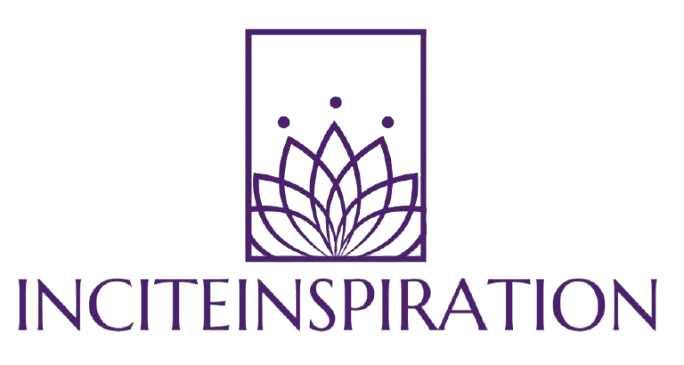When we think of cinema, the first thing that usually comes to mind is entertainment—a means of escape from daily life. Yet, beneath its surface of dazzling visuals and gripping narratives, films hold a deeper potential: they can serve as a therapeutic tool in times of mental distress. Whether through storytelling that evokes empathy or narratives that spark personal reflection, cinema has the power to heal, offering comfort and emotional relief, often when we least expect it.
The Healing Power of Storytelling
At its core, cinema is more than just a passive viewing experience—it can be an emotional journey. Films create a unique, safe space where viewers can confront emotions they may struggle to articulate in their own lives. The stories on screen allow us to see ourselves reflected back, validating our struggles and offering a sense of solidarity. This process is deeply therapeutic, resonating with key psychological principles such as narrative therapy, catharsis (emotional release), and the creation of social bonds.
Take, for example, catharsis, a concept originally described by Aristotle. It suggests that by witnessing characters express and process their emotions, we, too, experience a release of pent-up feelings. When we watch characters confront their internal struggles, it often leads to an emotional purge, bringing relief and clarity. This emotional release helps viewers feel lighter, and in some cases, it provides them with the courage to express their own feelings.
Storytelling also has the power to foster empathy. Through the experiences of characters, we learn to walk in someone else’s shoes, making us more attuned to the emotions of those around us. Whether it’s the grief of a lost relationship or the joy of a hard-earned victory, films make these emotions tangible. In a world where many people feel isolated in their mental health struggles, cinema serves as a reminder that we’re not alone.
How Films Influence Our View of Mental Health
Films don’t just help individuals cope with their own emotions; they also shape how society views mental health. The stories told on screen have a profound impact on our collective consciousness, challenging stigmas or, at times, reinforcing harmful stereotypes. In an era where mental health awareness is gaining traction, movies have become a powerful force in breaking down barriers and promoting understanding.
Consider films like Marriage Story or Paterson. These films don’t shy away from depicting life’s complex emotional transitions, such as the breakdown of a marriage or the search for meaning in everyday life. They allow audiences to experience the depth of human emotion, opening up conversations about mental health and personal growth. By portraying these psychological journeys, films normalize the idea of emotional vulnerability, making it easier for viewers to reflect on their own lives.
Moreover, films that focus on therapy and recovery, like Patch Adams or Awakenings, provide a glimpse into the healing process, encouraging viewers to seek help when they need it. When we see characters navigating mental health struggles with the support of others, it can inspire us to take the first step toward our own recovery.
Films also influence broader societal attitudes toward mental health, sparking important conversations and, in some cases, driving policy changes. Thoughtful portrayals of mental health can lead to better funding for initiatives that support psychological well-being, helping to reduce stigma and promoting greater acceptance of mental health challenges in society.
The Responsibility of Cinema in Mental Health Representation
While cinema’s role in fostering mental health awareness is undeniable, it’s crucial that we engage critically with the films we watch. Films are an artistic expression filtered through a filmmaker’s unique perspective, influenced by cultural and societal contexts. As much as cinema has the potential to heal, it is not without its flaws. Some films, particularly those created for pure entertainment, may oversimplify or misrepresent complex mental health issues.
It’s essential to differentiate between films that authentically depict mental health complexities and those that serve primarily as escapism. For instance, while many blockbuster movies may explore themes of emotional conflict or trauma, they often do so in a sensationalized or superficial way. On the other hand, films that thoughtfully address mental health, like Good Will Hunting or The Three of Us, offer more accurate portrayals of psychological struggles and recovery, and they can have a profound, healing effect.
This distinction is important because it helps us engage with films in a way that supports our mental well-being. By choosing films that authentically address mental health challenges, we can immerse ourselves in narratives that not only entertain but also nurture emotional growth and self-awareness.
Conclusion: Cinema as a Pathway to Healing
In a world filled with stress, uncertainty, and personal challenges, cinema provides more than just a temporary escape. It offers a powerful form of therapy, fostering self-reflection, emotional connection, and healing. Films like Good Will Hunting, Tamasha, and Awakenings guide us through the labyrinth of human emotions, offering insights that help us navigate personal crises.
Cinema has the power to remind us that we are not alone. It fosters empathy and understanding, allowing us to confront our own struggles in the safety of someone else’s story. As we continue to explore the intersection of mental health and film, it’s clear that cinema is not just entertainment—it is a transformative force in the conversation about psychological well-being. In embracing this power, we can use storytelling as a tool for emotional growth, creating a space where healing is not only possible but actively encouraged.

